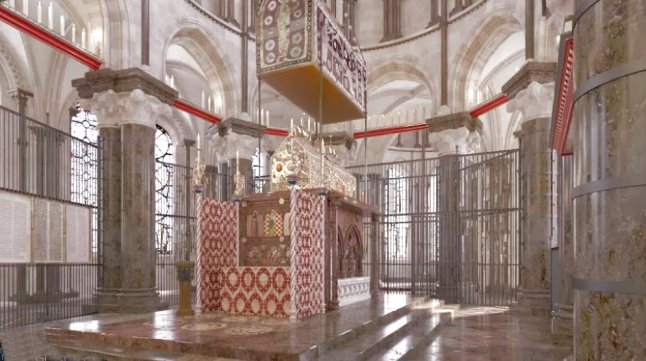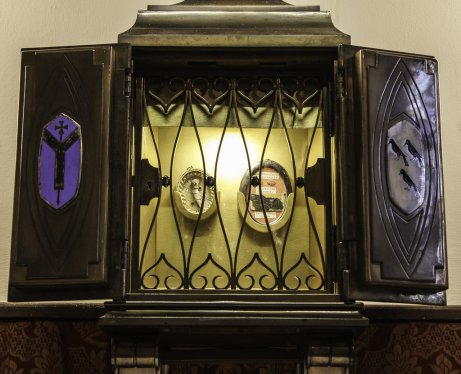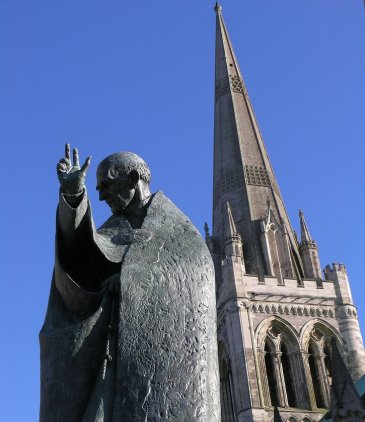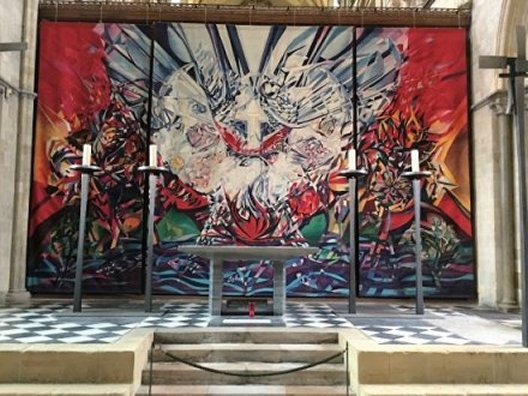|
|
|||
|
Shrines of England |
|||
|
The relics of
saints were hugely important in medieval times, and stories of
miraculous cures abound. But did they really work? Or was it just a huge
scam promoted by the churches and monasteries in order to make huge
amounts of money? And if that was the case, why did people continue to
believe them?
Two
possibilities have been put forward for the possible curing effect of
relics; the idea of those saints looking down from above and helping out
is not one of them: after all, many of the relics claimed to be genuine
are not. |
|||
|
Saint Thomas of Canterbury |
|||
|
A
pivotal moment in history was the murder of Thomas Becket, in the
north-west transept (known as the Martyrdom) of Canterbury Cathedral on
Tuesday 29 December 1170 by knights of King Henry II. The posthumous
veneration of Becket made the Cathedral a place of pilgrimage and many
miracles. This brought both the need to expand the Cathedral, and the
wealth that made it possible. Come the reformation and Henry VIII ordered the shrine destroyed, so that he could get his hands on all the treasure. It is said that the relics were scattered and lost, but were they? You don’t need to go very far to see one. Just up the road from the Cathedral is the Catholic church of St Thomas of Canterbury, which has a shine with relics of Becket; a fingerbone and part of a vestment, which came from Gubbio in Italy. |
|||
|
|
 Computer reconstruction of the original shrine. |
|
 Relics at St Thomas of Canterbury. |
|
The shrine of St Richard, Chichester Cathedral.
|
|||
 |
 |
||